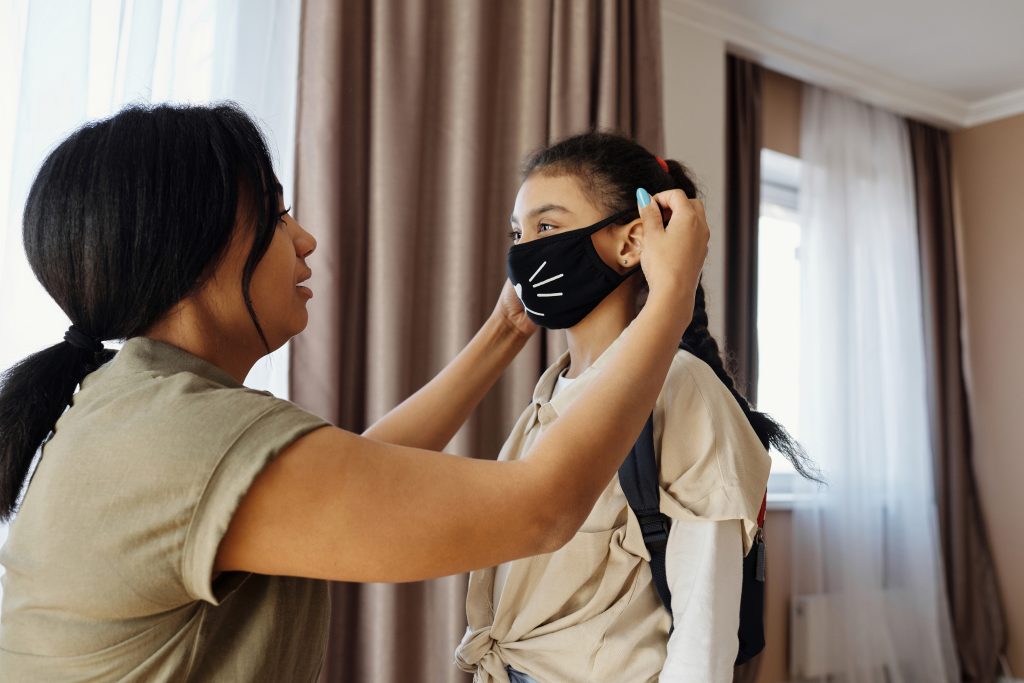The Blog
Who do you wear a mask for?
 By Dr. Lourdes Rodriguez, Senior Programs Officer, St. David’s Foundation
By Dr. Lourdes Rodriguez, Senior Programs Officer, St. David’s Foundation
In moments of crisis, information is critical. We must pay attention and learn how needs change over time – often day by day or even hour by hour. We learn by watching the news, listening to neighbors and community leaders and from the communities affected early in the pandemic – we copy the things they did well and try best to avoid their mistakes. As time passes and cases increase, we must let go of past needs, and act swiftly in response to new needs.
More than 260,000 cases of COVID-19 have been reported in Texas and the numbers continue to rise. Because of the way this virus is spreading, the most pressing need is to wear masks. Repeated health studies show that wearing a mask can play a significant role in the preventing and slowing the spread of the coronavirus. We must wear masks that cover the nose and the mouth consistently and learn how to put them on/take them off properly.
Our masks need not be pretty, they need not be fancy. It is unrealistic to use disposable masks every day. If you can afford to purchase reusable masks, congratulations! For the rest of us, making masks at home is the most cost effective.
This video from the New York Times, shows how New Yorkers quickly made masks in April as need became more urgent – they cut, pinned and tied their masks. This Latina costume designer shows how to make a simple pleated mask en español y en inglés. There are also many more videos that use visual explanations for simple masks.
Some things to consider:
- Always wash – wash your hands before and after you put your mask on, wash your mask everyday and hang to dry overnight.
- Think “two” – use 2 layers of 100% cotton (breathable/stretchy) and make two masks so you can wear one today, while yesterday’s mask dries.
- Avoid the front – always use the straps or elastic to put on/take off your mask, avoid the part covering the nose and mouth, this is were the virus gets filtered.
This virus knows no bounds. We know from CDC data – and from our communities who have experienced loss first-hand, Hispanics/Latinos and African Americans have been three times as likely to become infected as their white neighbors and are nearly twice as likely to die from the virus. While we are all at risk, in Central Texas, Hispanics/Latinos and African Americans are at higher risk because we are more likely to have front line jobs, essential jobs, that put us in contact with many people every day.
Wearing masks (or not wearing them) is NOT a political statement. It is a statement of love and solidarity. I put a mask on for mi abuela y la tuya (for my grandma and yours), my kids and your kids.
Who do you wear your mask for?
Share your story with us by tagging @itstimetx on Facebook, Twitter, or Instagram using the hashtag #IMaskFor.
